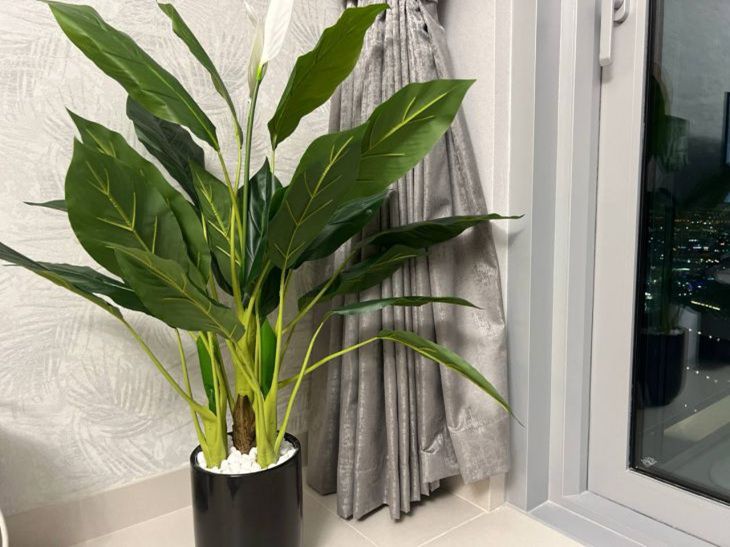Are you sure that your ficuses and monsteras make the interior stylish and do not resemble an abandoned greenhouse?
Designers and phytodesigners are sounding the alarm: 80% of plants in Russian homes turn the space into chaos.
Single plants in the corner
You put the pot in a dark corner, hoping it will "liven up" the space. The result: a stunted stem and the feeling of a forgotten warehouse.

Why it kills design:
- The plant loses its shape, reaches for the light, and the leaves turn pale.
- The corner becomes visually “heavier”, disrupting the balance of the room.
A 2023 study in the Journal of Interior Design found that 67% of plants in poor lighting reduced the perceived style of an interior.
How to fix:
- Group plants near windows or light walls.
- Use phytolamps for shade-tolerant species (ferns, sansevieria).
Harmony-killing pots
A red ceramic pot in a Scandinavian interior? A purple flowerpot in a loft? This is not eclecticism – this is a failure.
Why it kills design:
- Bright colours and incompatible materials draw attention away.
- Plastic pots make even expensive repairs cheaper.
Example: in IKEA studio projects, 90% of plants are planted in monochrome pots that repeat the basic tones of the interior.
How to fix:
- Choose pots in neutral shades (white, gray, terracotta).
- Disguise plastic in wicker baskets or linen covers.
Jungle instead of accents
20 pots on the windowsill, shelves filled with cacti, vines on the cabinet - this is not coziness, this is visual noise.
Why it kills design:
- The eye has nothing to catch on to, and the focus is lost.
- The air feels "heavy" even though plants purify it.
According to the Space Planning Institute, 1 large plant per 5 m² enhances aesthetics, 5+ destroys it.
How to fix:
Leave 3-4 healthy plants at key points:
- Corner of the sofa.
- Dining area.
- Empty wall.
Collect small succulents into one composition on a tray.
How to turn plants into a design tool?
1. The "three levels" rule:
- Bottom: Broad leaves (Ficus lyrata).
- Intermediate level: Ampelous plants (ivy, hoya).
- Top: Tall species (dracaena, palm).
2. Color accent: Use plants with unusual foliage (purple oxalis, red calathea) instead of colorful pots.
3. Seasonality: change the compositions. For example, in winter - coniferous mini-trees, in summer - citrus.
Your action plan
1. Remove 50% of the plants - leave only healthy ones that suit the style.
2. Replace all colorful pots with neutral ones.
3. Move the remaining plants to areas with good light.








